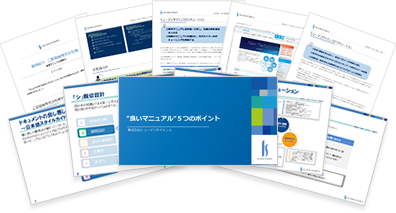
- Table of Contents
1. What KPIs to Look for in Customer Success Operations

The main objective of customer success is to lead customers to success and maintain the relationship. To achieve this, it is important to set KPIs. KPIs are specific performance indicators for daily activities that are carried out to achieve goals. In customer success, setting KPIs can also improve the quality of services.
Examples of Typical KPIs and Their Explanations
Customer success KPIs need to be set according to the characteristics of the services or products, and typical examples are as follows.
- Churn Rate: The churn rate refers to the percentage of customers who have canceled their subscription to a service. The churn rate is a very important metric in businesses such as SaaS and subscription models, and reducing the churn rate to improve revenue is one of the key strategies for customer success. The churn rate can be calculated as the number of cancellations ÷ total number of customers × 100.
- Onboarding Completion Rate: Onboarding refers to the period from when customers start implementing and operating the service until they become established. The onboarding completion rate is calculated as the number of companies that have completed onboarding ÷ the total number of companies during the onboarding period × 100. Customers who have not completed onboarding tend to have a higher "churn rate" compared to those who have completed it, indicating a greater need for careful support.
- Upsell and Cross-sell Rate: Upselling refers to getting potential customers to switch to higher-priced, premium products or services than those they are currently considering or using. Cross-selling, on the other hand, involves encouraging customers in the same situation to purchase related products or services as well. A higher upsell and cross-sell rate increases the average revenue per customer, and in subscription-based businesses, it can also improve LTV (Lifetime Value). However, if the results expected by the customer do not meet the amount they paid, there is a risk of cancellation, so more robust customer success efforts are required for customers who have successfully upsold or cross-sold.
- NPS® (Net Promoter Score): NPS® refers to "customer recommendation level" and "net promoter ratio." It is a metric used to quantify customer loyalty, typically calculated through survey responses. Customers are asked to rate their experience on an 11-point scale from 0 to 10 and provide reasons for their scores. The scores and reasons are collected and categorized into three groups. Those who score between 0 and 6 are considered detractors, those who score 7 to 8 are neutrals, and those who score 9 to 10 are promoters. The NPS® is calculated by subtracting the percentage of detractors from the percentage of promoters.
* NPS® is a registered trademark of Bain & Company, Fred Reichheld, and Satmetrix Systems. - Net Revenue Retention (NRR): This is an indicator that measures whether the revenue from existing customers is being maintained compared to the previous year. If the NRR exceeds 100%, it indicates that revenue is expanding due to effects such as upselling and cross-selling.
- CSAT (Customer Satisfaction): CSAT (Customer Satisfaction) is an abbreviation for "Customer Satisfaction" and is an indicator of the satisfaction level of customers who have used a product or service. Generally, data is collected through surveys with five levels of responses: "Very Satisfied," "Satisfied," "Neutral," "Dissatisfied," and "Very Dissatisfied." The results are then aggregated and quantified, resulting in what is called the "CSAT Score."
2. How to Achieve KPIs

KPIs are metrics that evaluate the processes leading to the ultimate goal (KGI). Setting intermediate goals to achieve the KGI is what it means to "set KPIs." This allows for quantitative analysis of whether the goals are being met and how progress is being made. If KPIs are set appropriately, consistent support becomes possible, and by establishing a system centered around KPIs, it becomes easier to improve operations based on analysis. Such improvements lead to supporting customer success and enhancing customer satisfaction.
To achieve the KPIs for customer success, it is necessary to pay attention to the following three points.
1. Think from the customer's perspective.
2. Set KPIs that are easy to measure.
3. Regularly review and consider KPIs.
It is important to think from the customer's perspective and to set KPIs that are suitable for your own products and services. Additionally, rather than reusing KPIs established by other companies, it is essential to confirm whether you can set KPIs that bring you closer to achieving your own KGIs. Furthermore, it is also important to establish a system that allows for collaboration with relevant departments regarding customer information and to set KPIs that facilitate the PDCA cycle.
Improving cancellation rates and increasing revenue retention cannot be addressed solely by the Customer Success department, so it is also necessary to collaborate between departments in response to customer requests. We understand customer needs, share them with other departments, and guide customers to success.
We also actively utilize tools for organizing and coordinating customer information. There are tools such as SFA (Sales Force Automation), inquiry management systems, LTV management tools, and NPS measurement tools.
Furthermore, it is necessary to improve the quality of documents and manuals related to customer success.
Points to Confirm Before Launch: "Setting Success Metrics for Customer Success Activities"
What to Do Before Building an Organization? "Raise Awareness as a Company-Wide Initiative"
3. Skills Required for Customer Success
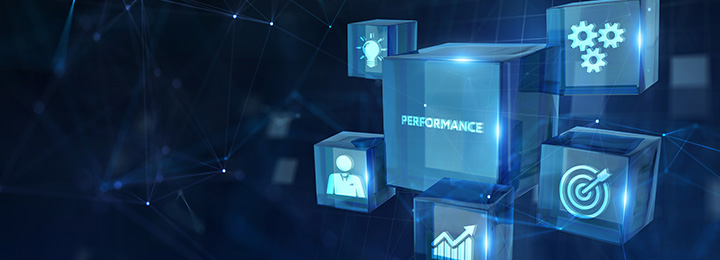
Below are the skills that customer success should acquire to achieve KPI goals.
- Understanding the Product and Literacy in Tools
It may seem obvious, but in order for customers to successfully use the service, those providing support must also have a deep understanding of the service. Additionally, customer success plays a role in receiving customer feedback about the service most closely. Without an understanding of the technical aspects of the product, it becomes difficult to communicate effectively with development. Furthermore, as mentioned above, customer success involves handling many tools. Without at least a basic literacy in using various tools, efficient customer success operations become challenging. - Building Relationships with Customers
The foundation of customer success lies in communication with customers, making business etiquette and social skills for face-to-face interactions, phone calls, and emails essential. It is also necessary to accurately capture the emotions and needs of the other party to provide appropriate responses and convey information effectively. While experience is important, accumulating proper communication can help build a strong trust relationship and enhance the value of products and services. - Problem-Solving Ability
Customer success accompanies customers on their journey to success by repeatedly solving the challenges and issues they face. Additionally, customers may not always be aware of the challenges they have, which means there may be potential issues that could become problematic. Identifying all of these is also part of the customer success role.
To quickly resolve customer requests, challenges, and complaints, there are three key points to consider.– Problem Definition: Understand the issues the customer is facing and the state when the problem is resolved.– Cause Identification: Clarify what the cause is (whether it is a product functionality issue, an operational mistake, a literacy problem, etc.).– Response Method: Summarize whether it is necessary to review documentation, training methods, or help information for resolution, or if product modifications are needed.<br/>Using a service while still facing issues can be a significant source of stress for customers. This can lead to distrust in the service and a risk of cancellation, so sometimes quick resolution on the spot is necessary. - Data Analysis
By deriving correct hypotheses and evidence through data analysis and taking approaches based on them, the activities of the Customer Success department can become more systematic, potentially leading to customer success activities that stand apart from previous efforts. Furthermore, by utilizing customer success tools and analytical tools, it becomes possible to conduct more accurate analyses from various aspects based on customer contract information and data from past cancellations. - Planning, Time/Resource Management
The ability to carry out medium- to long-term support is also required. We plan and accompany customers in a structured manner along the customer journey, scheduling measures and actions at each point.
When providing support to multiple customers, self-management such as allocation of resources and time, and setting priorities is also necessary. Utilizing tools to visualize this can be an effective strategy.
4. Summary
Many B2B companies, especially SaaS companies, are prioritizing customer success. The operations of the customer success department are very diverse, but to set KPIs and achieve those goals, collaboration and cooperation with related departments, as well as streamlining operations, are necessary. To achieve this, it is also essential to systematize support (efficiency) and introduce various tools. With Human Science's services, we can implement measures that lead to the efficiency of the customer success department and the improvement of CX (customer experience).
Service Introduction
As mentioned in "How to Achieve KPIs," it is important to efficiently share know-how for customer success or to enhance customer satisfaction, and maintaining documentation is essential for that. It is also necessary to secure resources for this purpose. However, creating manuals and developing training content to improve customer satisfaction requires a significant amount of personnel and time, making it a high-priority but increasingly burdensome task.
Human Science offers many services for the customer success department. In particular, the quality of the content provided by the customer success department to customers is considered the key to successful customer success. Necessary actions include improving and creating manuals, enhancing FAQs, and producing training content. Attempting to carry out any of these in-house incurs costs. Moreover, the quality must be clear and understandable; otherwise, it is meaningless. Human Science has a wealth of experience in producing clear manuals and e-learning content. We offer the following services.
•Quality Improvement of Manuals and Training Texts
We propose the most suitable user manuals, technical documents, help, and FAQs for your environment. Starting with the evaluation of the current manuals, we provide consulting for building multilingual support systems and CMS operations. We can also undertake the production of video manuals.
•Production of educational content and support for the introduction of LMS (Learning Management System)
Similar to manuals, we propose educational content that is optimal for your environment. Starting with an evaluation of the current content, we can also optimize the LMS and support multilingual capabilities.
•Chatbot Implementation and Development Support
To improve the efficiency of customer support, many companies are advancing the implementation of chatbots. We propose the most suitable chatbot for your environment. We can provide one-stop support from the implementation of the chatbot system to content creation.
Project Achievements
The following are achievements for the Customer Success Department.
WingArc1st Inc.: Content evaluation, improvement consulting, and content production services for the Customer Success Department
https://hs-learning.jp/case/wingarc1st/
We provide a one-stop service for creating easy-to-understand manuals, video manuals, and e-learning content necessary for customer success, so please make use of it.



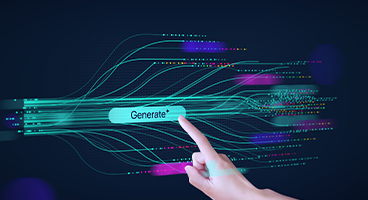



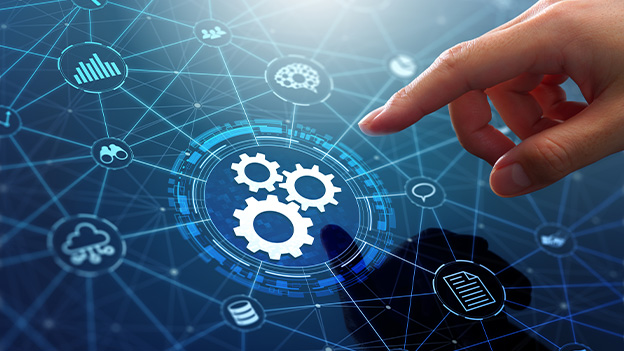
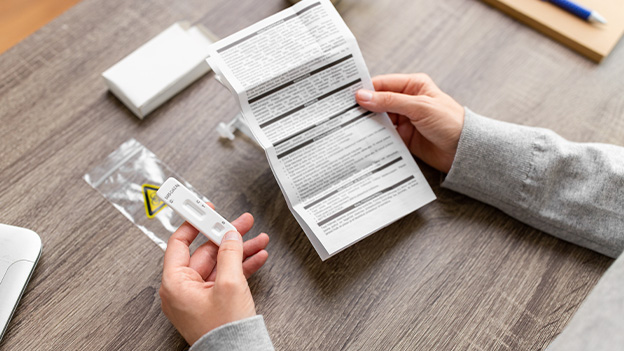

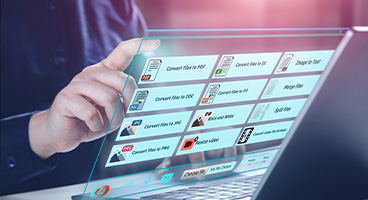
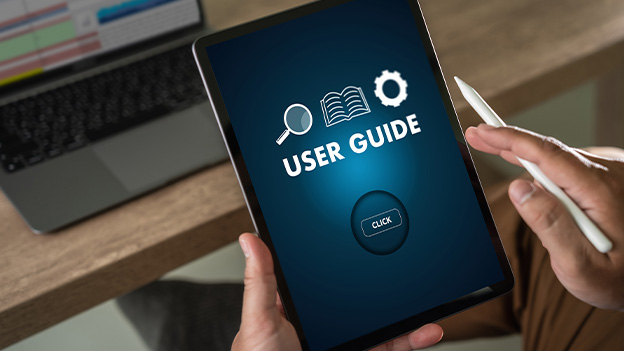






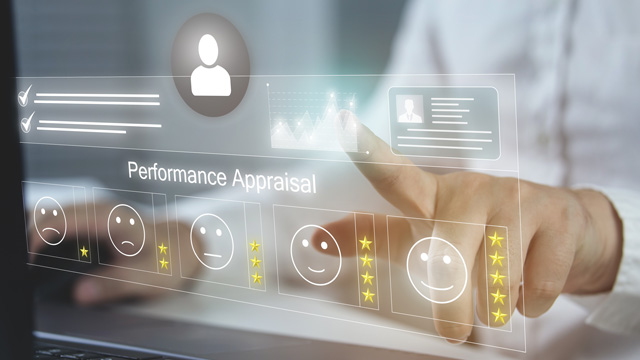

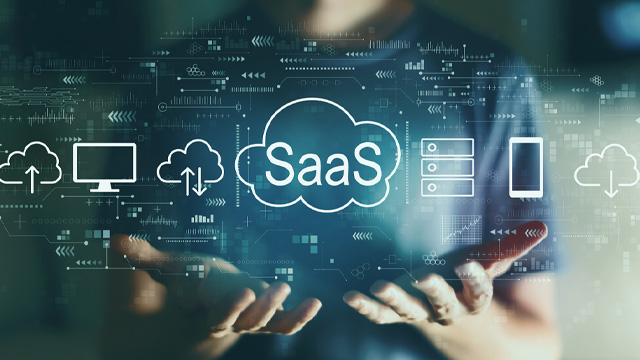
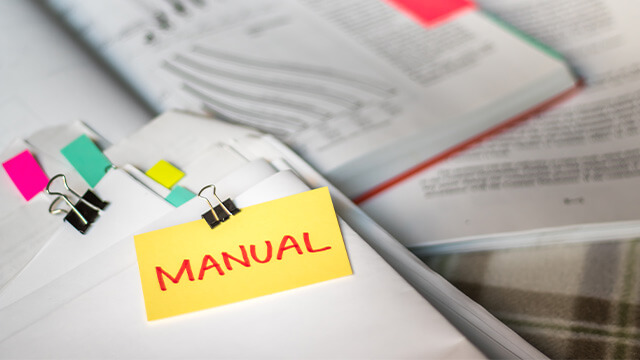


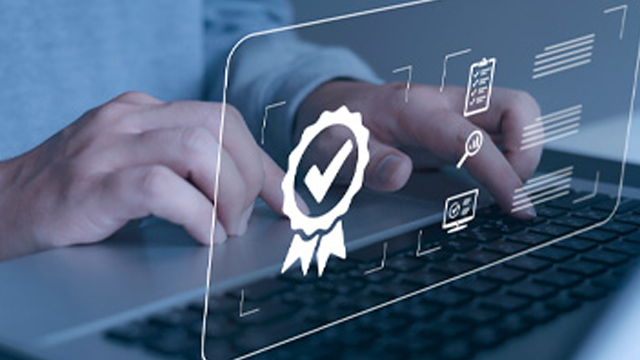



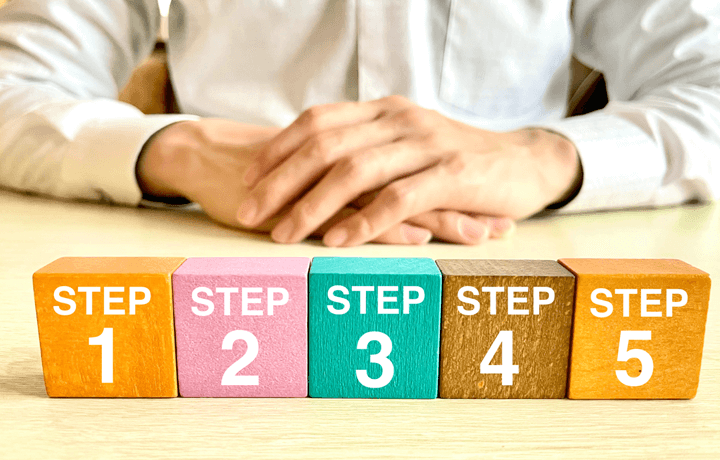

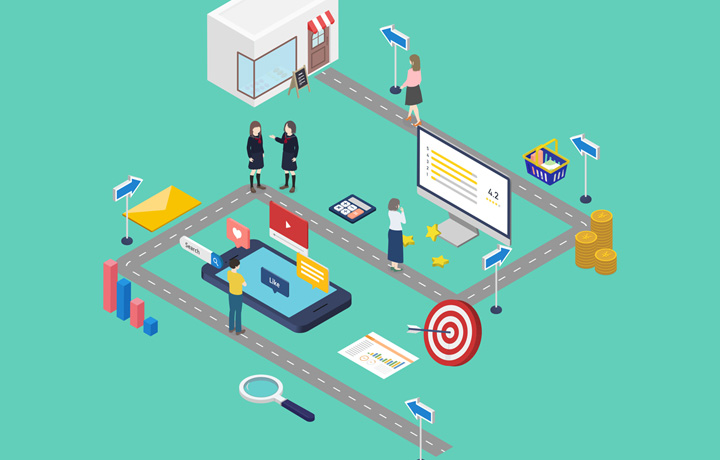
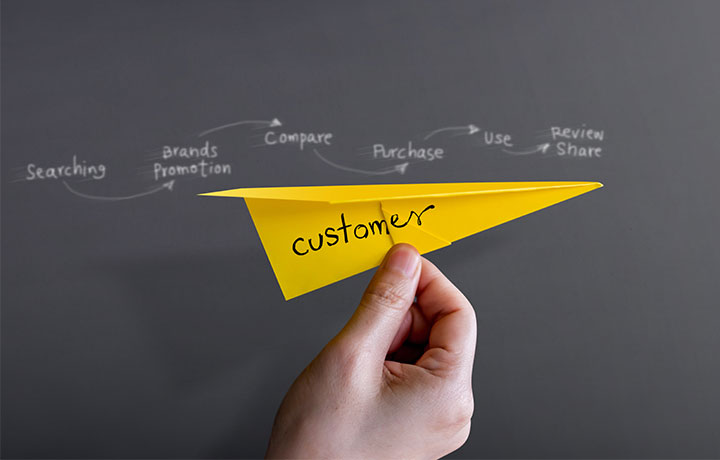




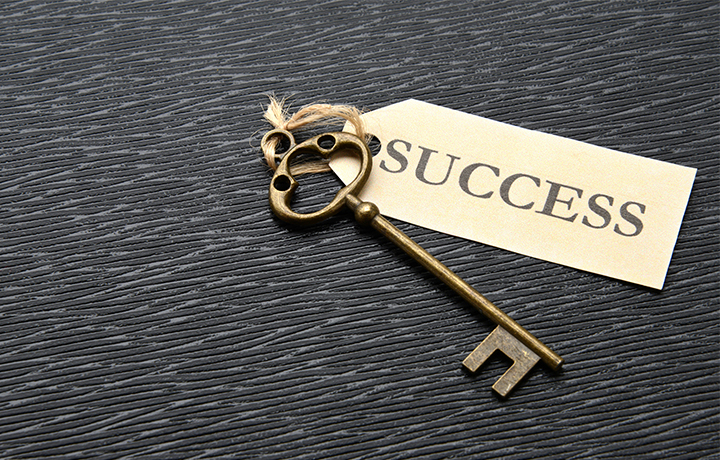
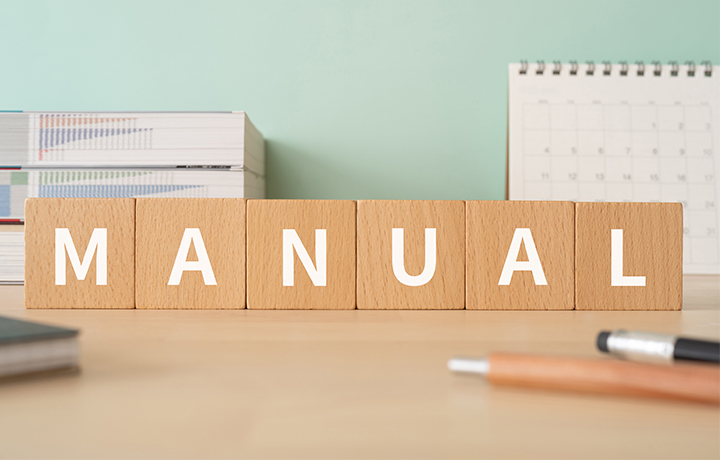





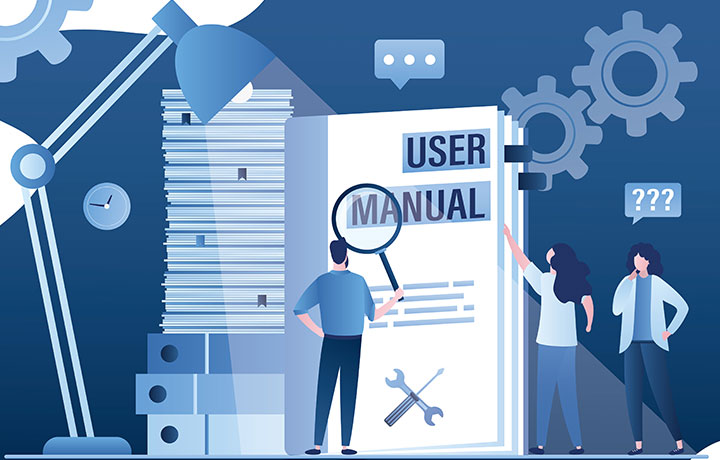


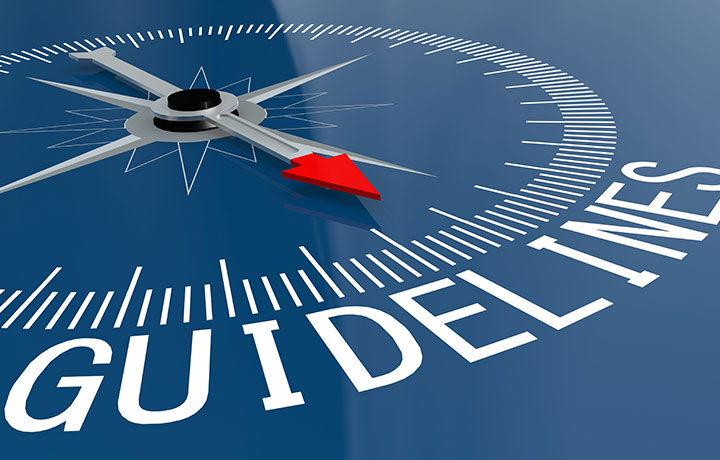
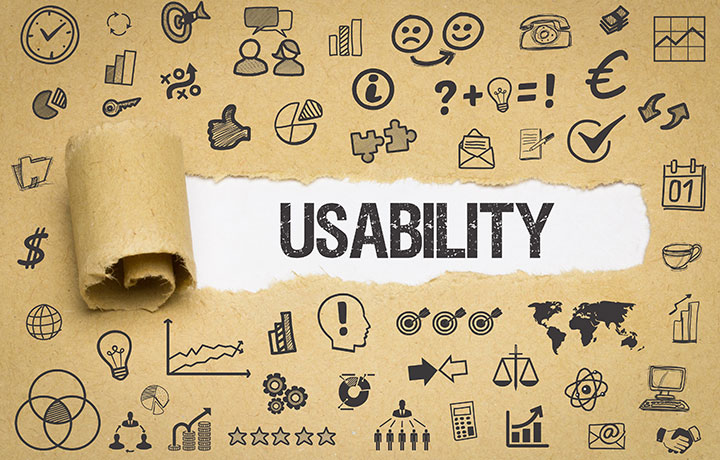



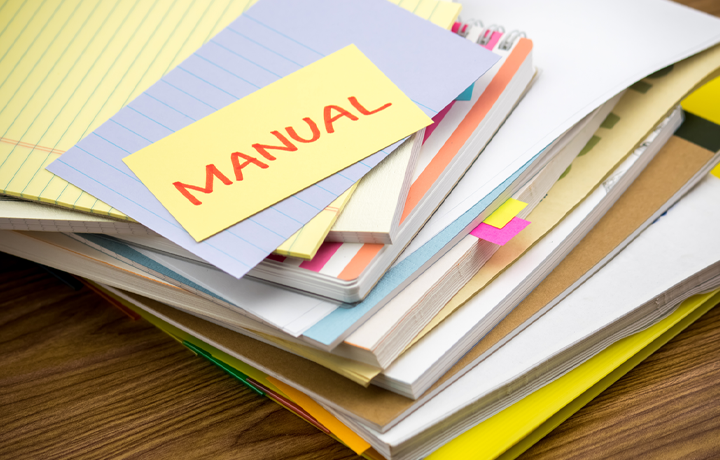

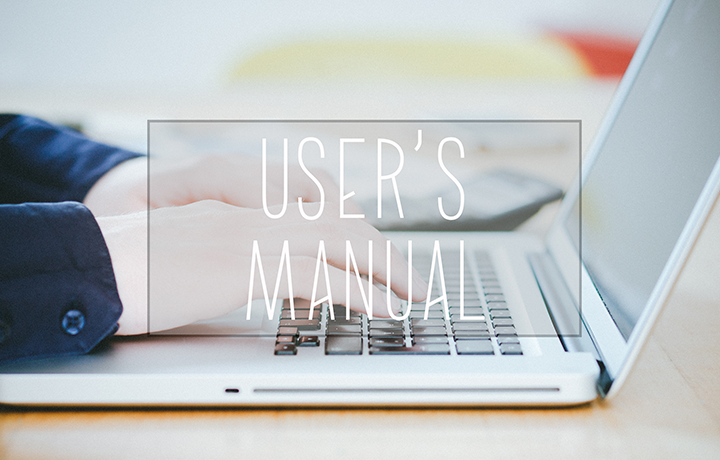











 Manual creation
Manual creation Director, Writer
Director, Writer In-house Support
In-house Support Video
Video Manual
Manual Manual Creation
Manual Creation One-Stop Service for Manual Creation
One-Stop Service for Manual Creation Manuals and Documents
Manuals and Documents